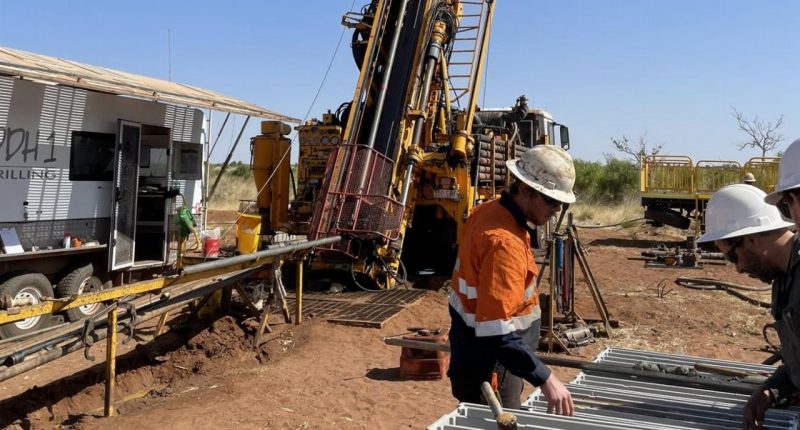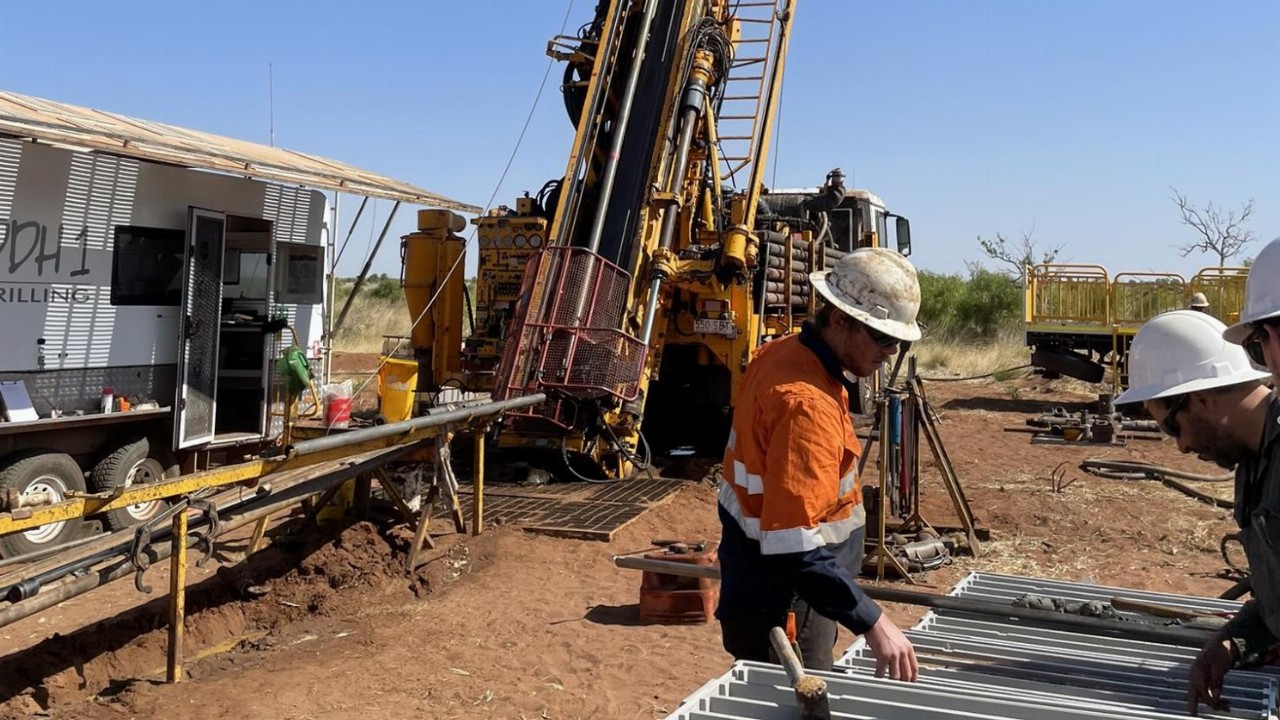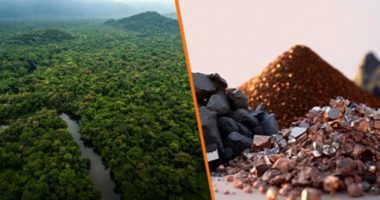- RareX (REE) spikes after striking “significant primary mineralisation” at its Cummins Rare Earths project in Western Australia (WA)
- According to RareX, this is the first time primary mineralisation has been discovered at the project, which lies in WA’s Kimberley region
- Managing Director Jeremy Robinson says up until now, mineralisation had been interpreted to be a result of weathering processes only
- The company is now planning more diamond drilling to test the mineralised zones at depth
- Shares in RareX are up 9.69 per cent and trading at 10.8 cents each at 11:45 am AEST
Junior miner RareX (REE) has spiked in early trade after striking “significant primary mineralisation” at its Cummins Rare Earths project in WA.
The company said diamond drilling intersected rare-earth-element-niobium (REE-Nb) mineralisation in several holes.
One of the holes found mineralisation across a 67-metre wide zone from 44 metres down-hole, while another found a 77-metre wide zone from 62.6 metres down-hole.
RareX said this was the first time primary mineralisation had been encountered at Cummins Range, making the discovery a “potential game-changer” for the project.
Cummins Range lies in Western Australia’s Kimberley region.
Managing Director Jeremy Robinson said the significance of finding primary REE-Nb mineralisation in the Cummins Range area “cannot be overstated”.
“Prior to RareX’s involvement, the mineralisation had been interpreted to be a result of weathering processes only,” Mr Robinson explained.
“However, it is now evident that this is only part of the story and high-grade REE-Nb mineralisation can be expected below the oxide.”
The primary mineralisation was struck below the recently updated mineral resource at Cummins Range. However Mr Robinson said if RareX could continue to expand the primary zone at depth, it had the potential to bring about a substantial uplift in grades and tonnes.
The current Cummins Range mineral resource sits at 18.8 million tonnes at 1.15 per cent total rare earth oxides and 0.14 per cent niobium oxide.
Mid-2021 drilling programs
RareX took on two major drilling programs midway through 2021.
The first was a 3000-metre reverse circulation (RC) program, launched on June 21, 2021, designed to test for extensions of known mineralisation along strike and down-dip at the Cummins Range area.
The second was the 3000-metre diamond drilling program, launched on July 29, 2021, to evaluate the primary potential of the deposit for the first time ever.
RareX said visual inspection of the drill core from this diamond drilling program had exceeded company expectations by confirming the presence of primary REE-Nb mineralisation.
Looking ahead, the company said diamond drill holes would now test the mineralised zones at depth, with drilling at different orientations also planned to firm up the geological model.
RareX also said it expected to receive assay results for the initial phase of the June RC program this week.
Shares in RareX were up 9.69 per cent and trading at 10.8 cents each at 11:45 am AEST. The company has a $47.74 million market cap.







